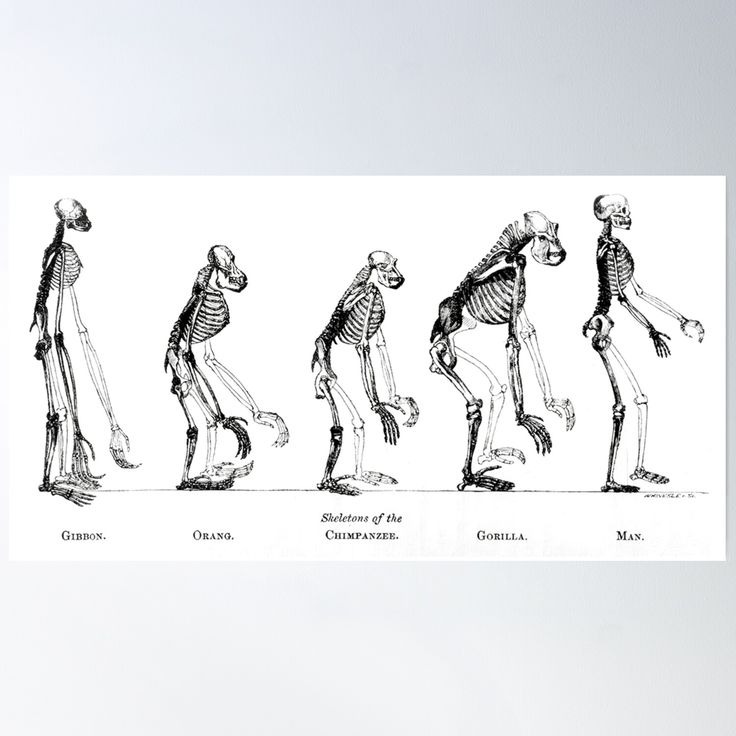
The Evolution of Humans: From Early Hominids to Modern Homo sapiens
The story of human evolution is a tale of gradual change over millions of years—a journey from primitive primates to modern humans. Our understanding of this process comes from a variety of scientific disciplines, including paleontology, genetics, and anthropology. Together, these fields provide compelling evidence that Homo sapiens evolved through a long series of intermediate species, each adapting to changing environments.
The earliest ancestors of modern humans were primates that lived in Africa several million years ago. Fossil evidence suggests that species such as Sahelanthropus tchadensis and Orrorin tugenensis—dating back to about 6–7 million years ago—might represent some of the first hominids that began to diverge from the ape lineage. These early creatures likely walked upright and showed subtle anatomical differences that would later become pronounced in our evolutionary tree.
As time passed, the evolutionary line progressed with species like Australopithecus afarensis, best known from the famous “Lucy” fossil. Lived approximately 3.9 to 2.9 million years ago, Australopithecus species display a mix of ape-like and human-like features. Their ability to walk bipedally on two legs represents one of the key adaptations in human evolution, freeing the hands for tool use and other tasks. This shift in locomotion was crucial—it allowed early hominids to explore new ecological niches and laid the foundation for more advanced behaviors.
Around 2.4 million years ago, the genus Homo emerged, marking the beginning of a more pronounced evolutionary shift. Early species such as Homo habilis, sometimes called the “handy man,” showed clear evidence of tool use, as indicated by stone tool artifacts. These simple tools, though rudimentary, signify a leap in cognitive abilities and manual dexterity. Over time, these early humans developed more sophisticated technologies that helped them adapt to a wide range of environments.
One of the most significant milestones in our evolution was the emergence of Homo erectus approximately 1.9 million years ago. This species not only exhibited a larger brain and more advanced tool use but also was the first to leave Africa and spread into Asia and Europe. The increased brain size and improved energy efficiency through bipedalism provided Homo erectus with a competitive advantage in diverse climates and landscapes. Their ability to control fire further transformed their lifestyle, allowing for cooking food and protection from predators.
Modern Homo sapiens first appeared roughly 300,000 years ago. Genetic and fossil evidence indicates that our species evolved in Africa before migrating across the globe. Unlike their predecessors, modern humans developed complex languages, art, and cultural practices that enabled unprecedented levels of cooperation and innovation. Advances in technology and social organization allowed Homo sapiens to adapt to various environments, leading to the formation of civilizations with distinct cultures and economies.
Recent discoveries continue to refine our understanding of human evolution. Genetic studies, such as analyses of ancient DNA, have revealed that modern humans interbred with other hominid species like Neanderthals and Denisovans. These interactions have left a small but significant genetic legacy in many contemporary populations, highlighting that human evolution was not a simple, linear process but a complex web of interactions among related groups.
In summary, the evolution of humans is a dynamic and ongoing story. From early hominids that first ventured out of the trees to the rise of a species capable of global exploration and cultural expression, each stage of evolution represents a series of adaptations to changing conditions. This continuous process, driven by natural selection and environmental challenges, underscores the remarkable resilience and ingenuity of our species.
Works Cited
National Geographic Society. “Human Evolution.” National Geographic, https://www.nationalgeographic.com/science/article/human-evolution. Accessed 4 Feb. 2025.
Smithsonian Institution. “Human Origins.” Smithsonian National Museum of Natural History, https://humanorigins.si.edu/. Accessed 10 Feb. 2025.
University of California Museum of Paleontology. “Human Evolution.” Understanding Evolution, https://evolution.berkeley.edu/evolibrary/article/homs_01. Accessed 5 Feb. 2025.
Post a comment